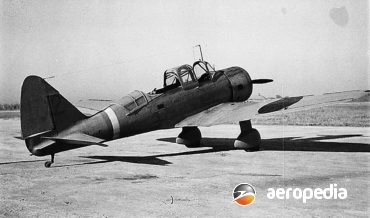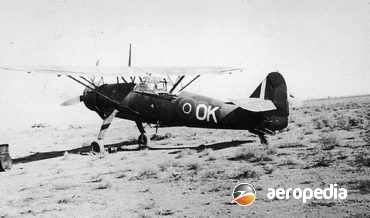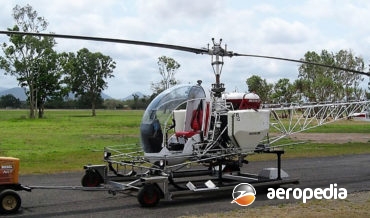All Contents
Contents
In May 1937 a specification was issued for a two-seat co-operation aircraft for the Japanese Army and to meet this Mitsubishi put forward the Ki-35 and Tachikawa the Ki-36. In the event only Tachikawa received an order for a prototype to be built, the aircraft being designed by a team
David C. Eyre
- May 19, 2019
The Hs 126 was designed by Henschel Flugwerke AG at Schonefeld as an Army co-operation aircraft and was eventually used in the multi-role tactical aircraft role.
David C. Eyre
- May 19, 2019
The Bell 47G series of helicopters was purchased and operated by the US Army, USAF, US Navy, the British Army and many other forces around the world, the prototype of the series flying for the first time on 8 December 1945.
David C. Eyre
- May 8, 2019
The Kawasaki Ki-45 Toryu (Dragon Killer) – known to the allies as Nick – was an important part of the Japanese Armys fighter fleet in the Pacific and saw service through the War in a number of roles. In December 1937 Kawasaki initiated design of the Ki-45, a two-seat fighter
David C. Eyre
- May 8, 2019
In 1937 the Japanese Army sought an aircraft manufacturer to provide a design for a high-performance twin-engine light bomber with a crew of four, and Kawasaki Kokuki Kogyo K with a team lead by Takeo Doi, provided a design for a cantilever mid-wing monoplane powered initially by two 709-kw (950-hp)
David C. Eyre
- May 8, 2019
The Kawasaki KV-107 was a licence-built version of the Boeing Vertol Model 107 which had been supplied to the US and other military forces as the H-46 Sea Knight and which had been produced in a variety of models to meet a number of operational needs. In 1965 Kawasaki acquired
David C. Eyre
- May 8, 2019
Recent Comments
Archives
Categories
- No categories
Categories
- No categories
Latest Posts
Newsletter






